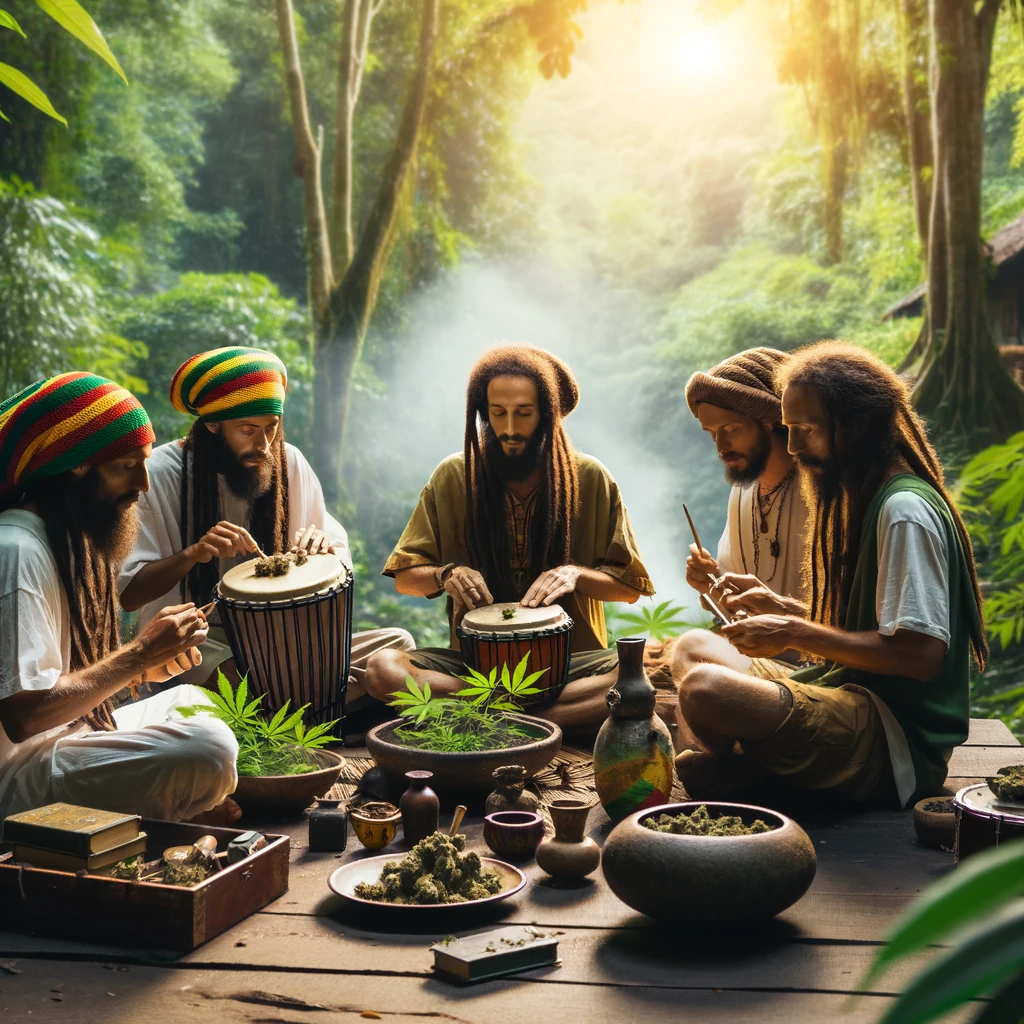Introduction: Ganja, also known as marijuana, holds a sacred place in Rastafari culture. For Rastafarians, it’s more than just a plant; it’s a spiritual tool that connects them with Jah and promotes healing and meditation. Let’s explore the profound significance of ganja in Rastafari culture and its role in modern practices.
Spiritual Use: Ganja is used in Rastafari rituals to enhance spiritual experiences and deepen meditation. It’s believed to open the mind and soul, allowing Rastafarians to connect more deeply with Jah. During Nyabinghi gatherings, where drumming and chanting take place, the use of ganja helps create a heightened state of spiritual awareness and unity among the participants.
Historical Context: The use of ganja in Rastafari culture dates back to the early 20th century, influenced by Indian indentured laborers who brought the practice to Jamaica. Over time, Rastafarians adopted it, integrating it into their spiritual and cultural rituals. It’s seen as a gift from Jah, providing guidance and enlightenment.
Medicinal Benefits: Beyond its spiritual significance, ganja is also valued for its medicinal properties. Rastafarians use it to treat various ailments, from pain relief to stress reduction. The plant’s natural healing properties are seen as part of Jah’s creation, meant to be used for the well-being of the body and mind. Modern research supports many of these traditional uses, highlighting the therapeutic potential of cannabis.
Cultural Significance: Ganja is a symbol of resistance and freedom for Rastafarians. Its use is an act of defiance against oppressive systems and a statement of cultural identity. Throughout history, Rastafarians have faced persecution for their use of ganja, but they continue to stand firm in their beliefs, viewing it as an integral part of their faith and lifestyle.
Modern Perspectives: Today, the perception of ganja is changing, with increasing recognition of its medicinal benefits and cultural importance. Legalization efforts in various parts of the world are allowing Rastafarians to practice their rituals more freely. This shift also opens up opportunities for greater understanding and respect for Rastafari culture and its holistic approach to health and spirituality.
Closing Thoughts: The healing power of ganja in Rastafari culture is multifaceted, encompassing spiritual, medicinal, and cultural dimensions. It serves as a bridge between the physical and the divine, promoting wellness and spiritual growth. As attitudes towards ganja continue to evolve, the world can learn much from Rastafarian practices and their deep respect for this sacred plant.

